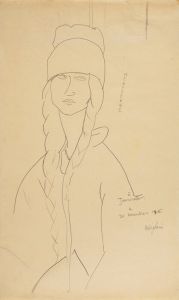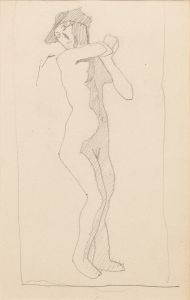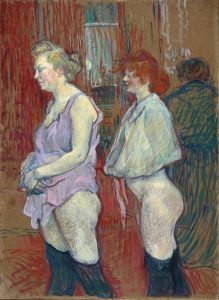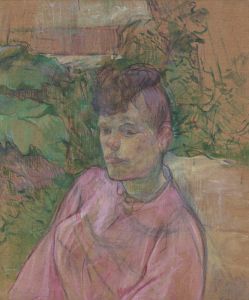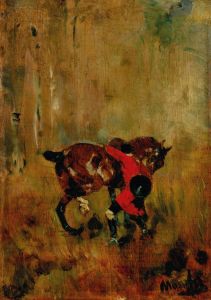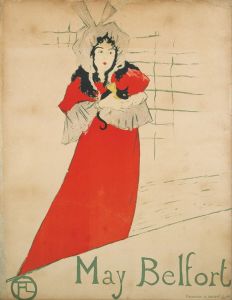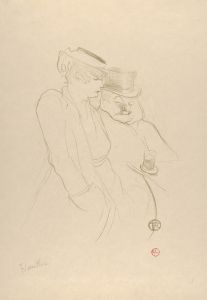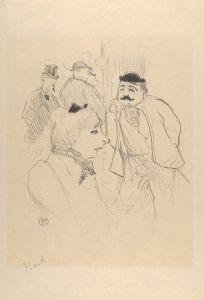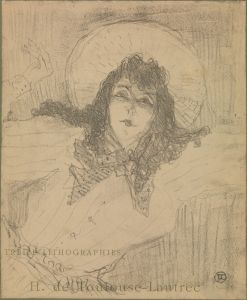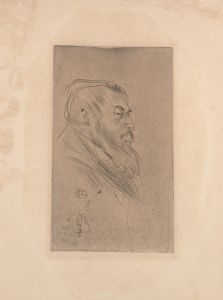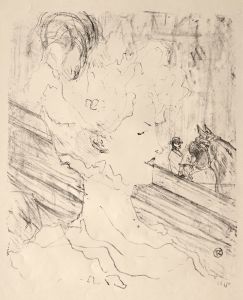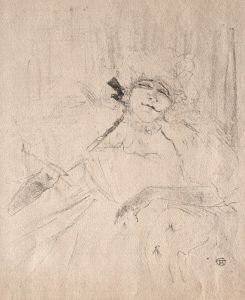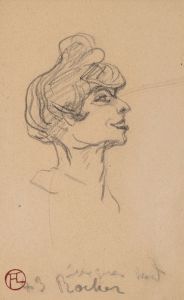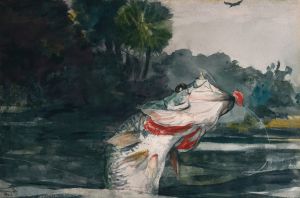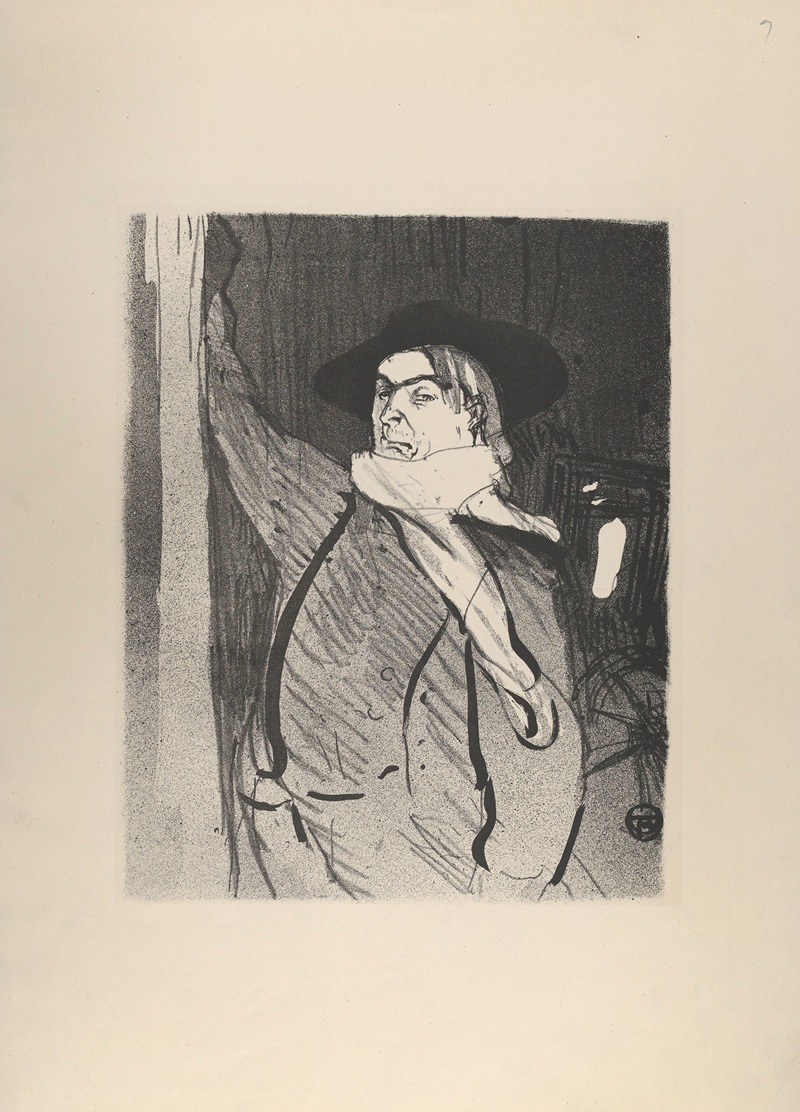
Aristide Bruant
A hand-painted replica of Henri de Toulouse-Lautrec’s masterpiece Aristide Bruant, meticulously crafted by professional artists to capture the true essence of the original. Each piece is created with museum-quality canvas and rare mineral pigments, carefully painted by experienced artists with delicate brushstrokes and rich, layered colors to perfectly recreate the texture of the original artwork. Unlike machine-printed reproductions, this hand-painted version brings the painting to life, infused with the artist’s emotions and skill in every stroke. Whether for personal collection or home decoration, it instantly elevates the artistic atmosphere of any space.
Henri de Toulouse-Lautrec's "Aristide Bruant" is a celebrated work that captures the essence of the vibrant Parisian nightlife during the late 19th century. Toulouse-Lautrec, a French painter, printmaker, draughtsman, and illustrator, is renowned for his depictions of the bohemian lifestyle in Montmartre, Paris. His works often feature the lively and sometimes decadent world of cabarets, theaters, and dance halls, and "Aristide Bruant" is no exception.
Aristide Bruant was a well-known figure in the Parisian entertainment scene during the Belle Époque. He was a singer, songwriter, and nightclub owner, famous for his bold performances and distinctive style. Bruant was known for his deep, resonant voice and his songs that often depicted the struggles and lives of the working class. He was also recognized for his signature attire, which included a wide-brimmed hat, a red scarf, and a black cape. This iconic look is prominently featured in Toulouse-Lautrec's portrayal of him.
The artwork is a poster, a medium that Toulouse-Lautrec mastered and popularized. Posters were an essential form of advertisement during this period, and Toulouse-Lautrec's innovative approach elevated them to an art form. His posters were not only promotional materials but also artistic expressions that captured the spirit of the subjects and the venues they advertised.
In "Aristide Bruant," Toulouse-Lautrec employs bold lines and striking colors to create a vivid image of the performer. The poster features Bruant in his characteristic outfit, with the red scarf providing a stark contrast against the darker tones of his clothing and the background. The use of color and composition draws the viewer's attention to Bruant's commanding presence, reflecting his larger-than-life persona.
Toulouse-Lautrec's relationship with Bruant was one of mutual respect and admiration. Bruant recognized the artist's talent and often commissioned him to create posters for his performances at the cabaret Le Mirliton, which Bruant owned. These collaborations were mutually beneficial, as they helped to cement Bruant's image in the public consciousness while also showcasing Toulouse-Lautrec's unique artistic style.
The poster not only served as an advertisement for Bruant's performances but also as a testament to Toulouse-Lautrec's ability to capture the essence of his subjects. His work is characterized by an acute observation of human behavior and a keen sense of humor, both of which are evident in this piece. The exaggerated features and bold outlines are hallmarks of Toulouse-Lautrec's style, which was influenced by Japanese woodblock prints and the Impressionist movement.
Today, "Aristide Bruant" is considered a classic example of Toulouse-Lautrec's poster art and is celebrated for its artistic and historical significance. It provides insight into the cultural landscape of Paris during the late 19th century and highlights the dynamic interplay between art and entertainment during this vibrant period. Toulouse-Lautrec's work continues to be appreciated for its innovative approach and its ability to capture the spirit of an era, making "Aristide Bruant" an enduring piece of art history.





